

Past Event
Content from the Brookings Institution India Center is now archived. After seven years of an impactful partnership, as of September 11, 2020, Brookings India is now the Centre for Social and Economic Progress, an independent public policy institution based in India.
Event Report
Brookings India curated a panel discussion at the Times Lit Fest-Delhi 2016 titled, “25 Years of Reforms: The India Story”. The panellists included eminent economists Sanjaya Baru and Ashok Lahiri, and former National Security Advisor, Ambassador Shivshankar Menon. This panel was moderated by Brookings India Executive Director Harsha Vardhana Singh.
Ashok Lahiri described the fiscal and monetary aspects of reforms, suggesting that the macroeconomic reforms of 1991 were as important as the microeconomic reforms, and were not simple. In 1991, the macroeconomic crisis in India comprised a balance of payments crisis and fiscal crisis, with a high current account deficit, low reserves and a high fiscal deficit. This required demand compression as an immediate response. The government has taken 12 years to reach adequate fiscal management.
Prior to the reforms, there was a socialist ‘command and control’ mindset in which there were exorbitantly high taxes and barriers. The number of taxes were reduced, services were introduced into the taxable category, and sales tax and value added tax were introduced. Currently, fingers are crossed for the introduction of the Goods and Services Tax.
Moreover, the ‘command and control’ mindset meant that the government set the amount of loans and respective interest rates. There were concerns about financing the fiscal deficit, from excessive government spending, through tax money. Banks had to provide money into government bonds. These activities changed post-1991. Furthermore, under the ‘command and control’ mindset, the government decided who would receive foreign exchange. There were essentially two exchange rates. Much has been done since, to unify the exchange rate and make it more market determined.
However, Sanjaya Baru suggested that the macroeconomic crisis of 1991 was entirely avoidable, as it resulted from a combination of both economic and political mismanagement. March 1991 was the first time when a ratings agency noted the then political instability as a political risk for India. However, once the political leadership went into the crisis, it took charge of the policy making by understanding the nature of the crisis and building consensus at the domestic front. The macroeconomic policy changes resulted in the reduction of the fiscal deficit, the balance of payments deficit and the current account deficit.
Prime Minister Narasimha Rao saw the nature of the crises and seized the opportunity to bring a fundamental shift in industrial and trade policy. 1991 saw the end of the Nehruvian model and the licence permit raj, resulting in the flowering of new Indian businesses. All the new economic changes were being brought at the cusp of political transition. Regional parties were emerging as regional businesses searched for regional political support; the businesses of Delhi, Mumbai and Kolkata continued to have access to the Centre. However, lack of social infrastructure, economic infrastructure, connectivity, education levels, and skilled labour force remain as major challenges today, especially for densely populated yet underdeveloped regions in India.
Shivshankar Menon explained that Prime Minister Narasimha Rao had seen how the domestic economic reforms were coinciding with the change in international geopolitics. The collapse of the Soviet Union and the end of the rigidities of the Cold War led to a unipolar world. With his understanding, Prime Minister Rao went to Japan and declared the ‘Look-East’ policy in April 1992.
Prime Minister Rao also helped change the view to reforms by pushing India to integrate with the rest of the world. In 1990, merchandise trade was 15.2 per cent of India’s GDP compared with 49.6 per cent in 2014, as per World Bank figures. He helped broaden the scope of interest for India’s foreign relations, a reason why today stakeholders are concerned about how activities in the South China Sea might affect India, given that 50 per cent of trade goes east. India has been the second largest beneficiary, after China, of the open trade system that followed in the next two decades. However, post-2008, there has been a fragmentation of globalisation and the world is no longer unipolar given China’s rise. There are lessons to be learned.
Harsha Vardhana Singh described that there are new frontiers in trade policy, not as complex as those in 1991 but as impactful. Prior to 1991, trade policy involved having tariffs and non-tariff barriers at the border. The number of tariffs and layers in tariffs have reduced over time, given that protectionism limits competitiveness as per the Washington Consensus. Today, there is an increase in competitiveness globally which requires the domestic front to have quality, timeliness and turnaround. There is a need to have standards at each level of the supply chain and simplify the regime further, especially with the resurgence of industrial policy and ‘Make in India’ exemptions.
Today, the average weighted tariff is the same in India as in the United States. Trade policy is moving towards Free Trade Agreements. President Trump has not said no to negotiations, yet there is uncertainty about negotiation outcomes. With the world being at the cusp of a new technology revolution, India will have to manage opportunities by getting investments and technology through focusing on value chains, improving the system of policy and training on standards and SMEs, and having trade policy links with domestic efforts.
Like other products of the Brookings Institution India Center, this report is intended to contribute to discussion and stimulate debate on important issues. The views are of the author(s). Brookings India does not have any institutional views.
Venue: India Habitat Centre
Public Event
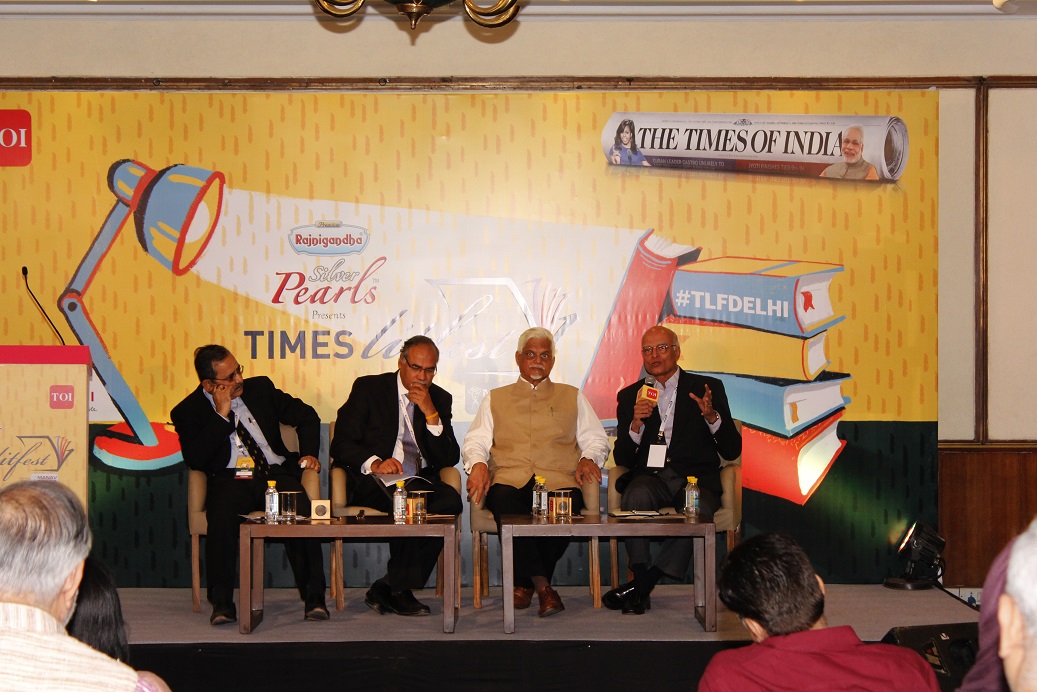

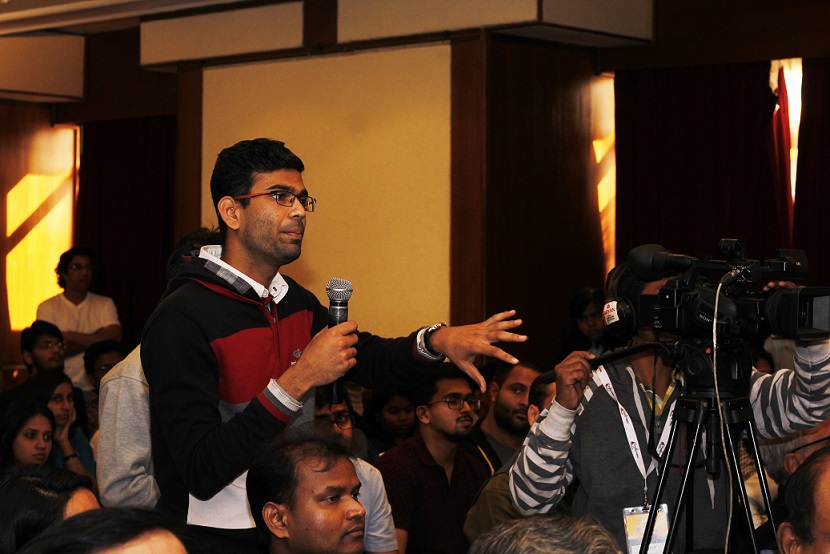
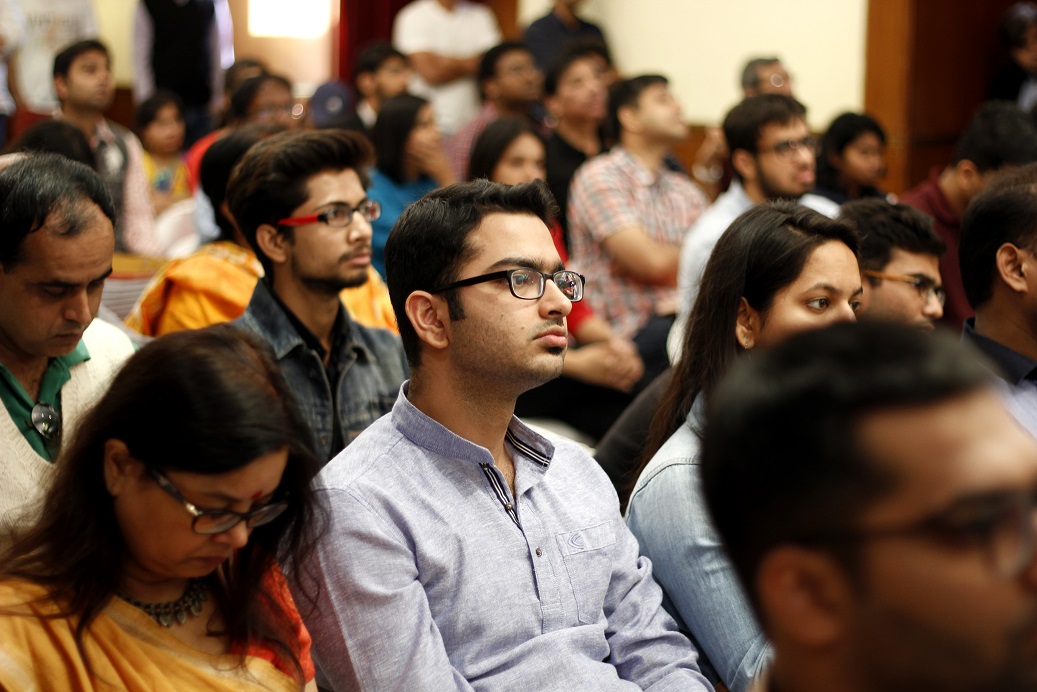
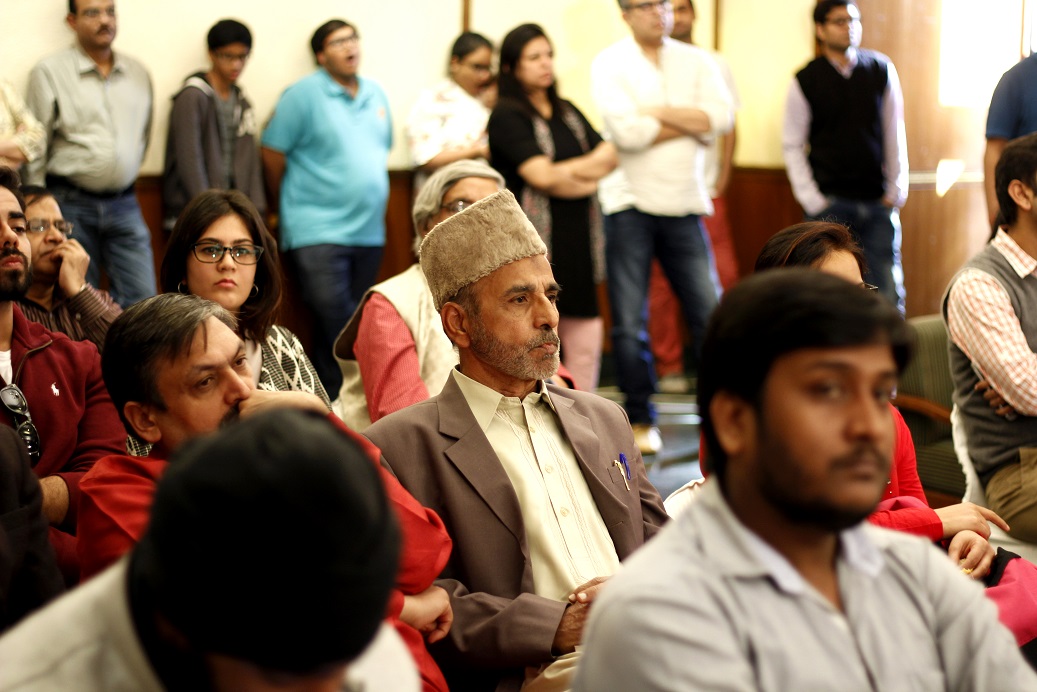
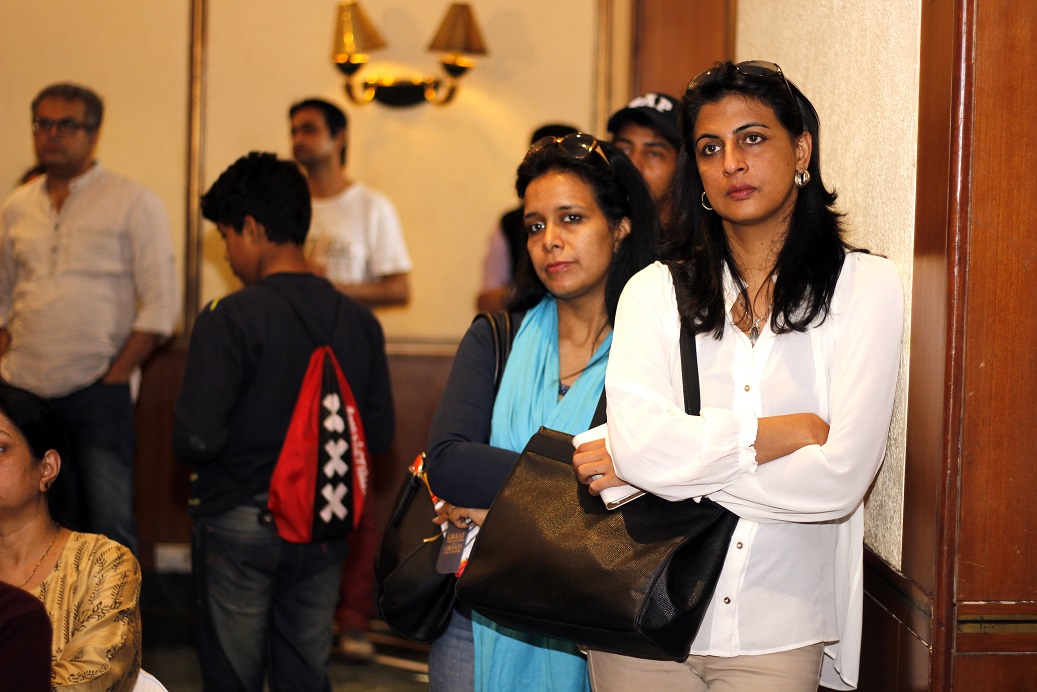

Rahul Tongia, Anurag Sehgal, Puneet Kamboj
2020
Online Only
Tuesday, 4:00 am - 5:40 am IST

Saneet Chakradeo
August 18, 2020